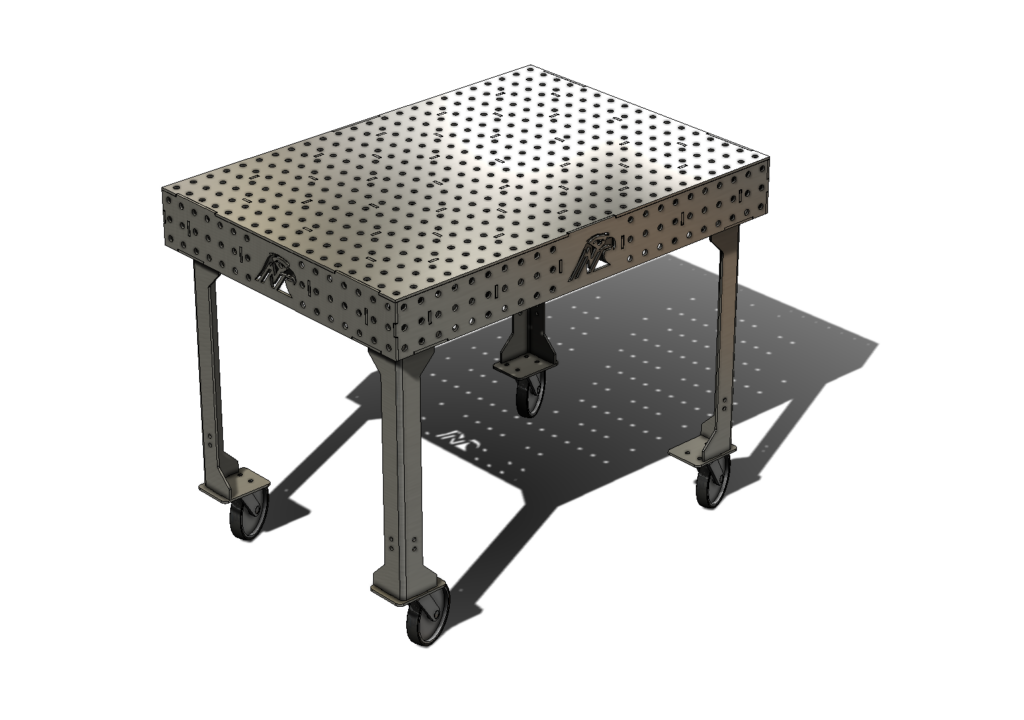When it comes to determining the right size of welding table for your needs, there are several factors to consider. The size of the table should be appropriate for the user’s workspace, able to accommodate the workpiece, and provide a stable and reliable platform for metalworking tasks.
Here are some steps to follow to determine the right size of welding table for your needs:
1.Determine the Maximum Size of the Workpiece:
The first step is to determine the maximum size of the workpiece that will be welded on the table. Measure the length, width, and height of the largest workpiece that will be welded on the table. This will give an idea of the minimum size of the table needed.
2.Consider the Workspace:
The welding table’s size should be appropriate for the user’s workspace. Determine the amount of space available in the workspace and ensure that the table’s size does not cause any obstruction. The user should also consider the height of the table and ensure that it is comfortable to work on. The table’s size should be appropriate for the available workspace.
3.Calculate the Size of the Table:
To calculate the size of the table, add the size of the largest workpiece to the workspace needed. For instance, if the largest workpiece measures 40 inches by 30 inches and an additional workspace of 10 inches is needed, the minimum size of the table needed should be at least 50 inches by 40 inches.

4.Consider the Weight Capacity:
The table’s weight capacity is essential when selecting the size of the table. It’s crucial to ensure that the table can handle the weight of the workpiece without collapsing. The user should also consider the thickness of the table’s material and its load-bearing capacity. A table that is not sturdy enough might result in accidents or damage to the workpiece.
5.Consider Future Needs:
When selecting the size of the welding table, it’s important to consider future needs. The user should think about the types of projects they may undertake in the future and ensure that the welding table can accommodate larger workpieces if needed. This ensures that the user doesn’t have to buy another table if they need to work on larger projects.
6.Consult with a Professional:
If the user is unsure of the right size of the welding table to select, they can consult with a professional welder or a welding supply store. They can provide guidance on the right size of the table based on the user’s welding needs and workspace. A professional can help the user understand the factors to consider when selecting the right size of the table.
7.Determine the Table Shape:
Depending on the user’s workspace, the shape of the table may need to be considered. Rectangular and square tables are the most common, but circular tables may be better suited for smaller spaces.
In conclusion, selecting the right size of welding table requires careful consideration of the size of the workpiece, workspace, weight capacity, and future needs. The user should ensure that the table’s size is appropriate for their needs and workspace and can handle the weight of the workpiece without collapsing. If the user is unsure, they can consult with a professional welder or welding supply store for guidance. It’s important to remember that the right size of the table ensures a safe and comfortable working environment for metalworking tasks.